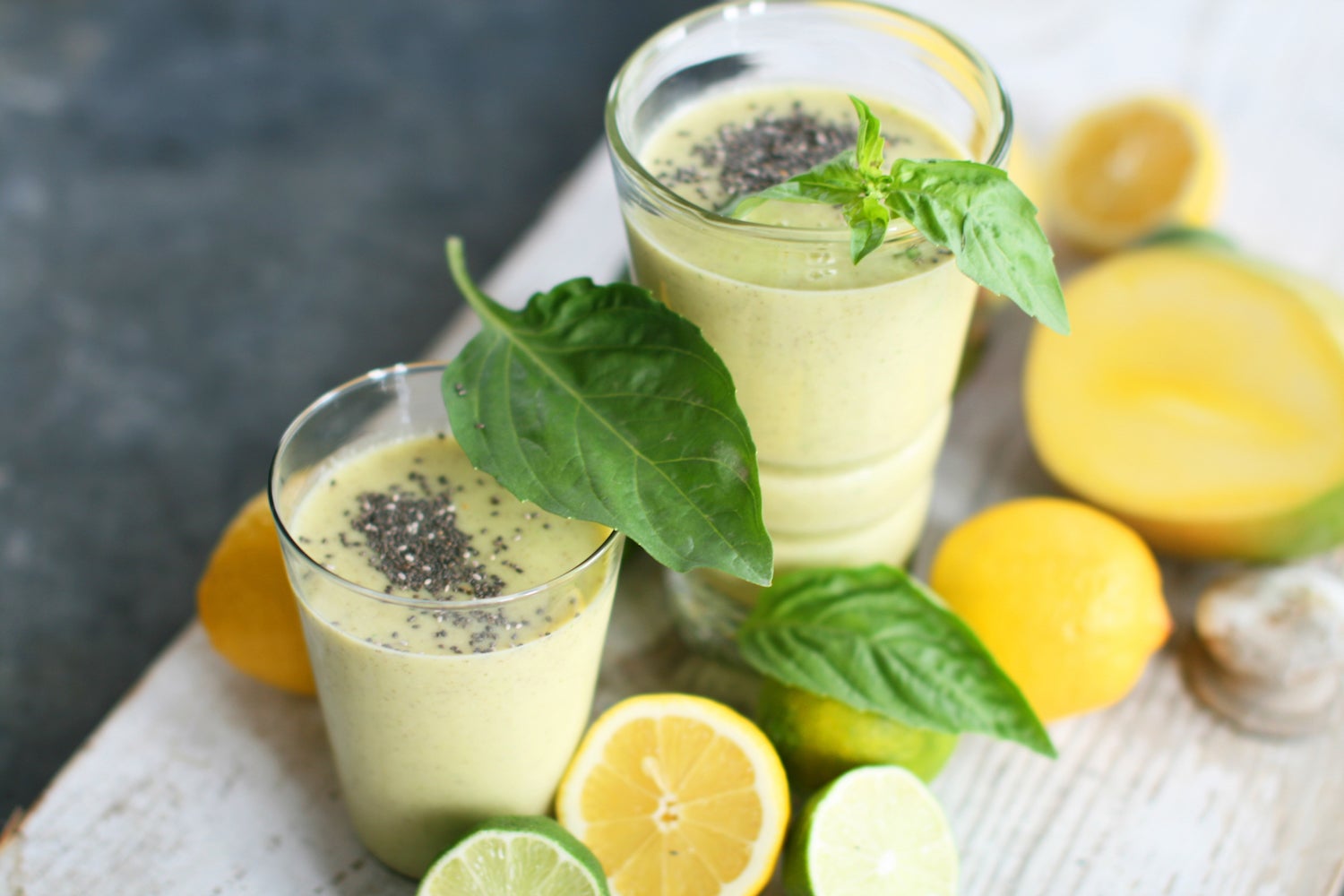Quartzy: the detox edition
Hello and welcome to 2019!

Hello and welcome to 2019!
This Annaliese Griffin, Quartz’s food writer, here to chat about January. Has your social media feed, like mine, made a sudden and stark transition from cookie plates and action shots of bubbling champagne flutes to Whole30 shopping lists and dry January pledges?
Part of this is a natural transition that happens during these short days, as we move from the generosity of the fall’s harvest into the depths of winter austerity. But at Quartzy, we’ve been interrogating the thornier side of that shift—the cycle of holiday indulgence followed by January atonement, and our collective cultural obsession with dieting. In doing so, we developed a new set of new set of guidelines for how we approach these stories at Quartzy.
It’s not just us; a broader shift is underway in the way we talk and think about bodies and body image. The fashion industry has started to wake up to the demand for high-quality clothing for larger bodies. British nutritionists asked the celebrity chef Jamie Oliver to stop fat-shaming children. This week the actress Jameela Jamil, who has railed against airbrushing and the thin ideal, announced that she is turning her body positive Instagram account, @i_weigh into a company that fights fat phobia. The plus-sized model Tess Holliday (pictured below) appeared on the cover of Self Magazine and Cosmopolitan UK this past year.

But despite all this momentum in a new, more interesting direction, my inbox and social media feeds are still clogged with ads for gym memberships, diet plans, and miracle foods—all seemingly with weight loss as a goal. There are just so many mixed messages to sort through.
Before you start a juice cleanse or sign up for an exercise program that feels punishing rather than energizing, try a different kind of detox: Reject the toxic language of diet language. Take a read through some of our recent counter-narratives about health, the wellness industry, and what it means to live happily your body.
That’s wellness, right? How we treat our bodies, eat, sleep, and move, has a tremendous influence on how we feel mentally and physically—our wellness, in the truest sense. But the wellness industry has been overwhelmingly hijacked by a societal obsession with just one metric: weight.
We’re often told that ”dieting” as a concept is over. “Weight Watchers is now a ‘wellness’ company, and ‘healthy’ is the new beautiful,” my colleague Rosie Spinks wrote in a piece about the pervasiveness of diet culture. “Our aspirations have moved on from Diet-Coke-swilling supermodels and calorie-counting to #fitfams and plant-based diets.” But, she pointed out, “much of this modern wellness culture is simply diet culture 2.0.”

The language of toxic diet culture is worth examining, and we compiled a handy cheat sheet of terms to watch out for. Using words like “sinful,” “cheating,” and “clean” reinforces “the idea that food has a moral character, and that you, by extension, are worth more or less based on what you eat and weigh,” Rosie wrote. “There’s good news: You’re not.”
Ah, family! The holiday season amplifies the contrast between festive indulgence—the very human instinct to have another helping of mashed potatoes or a second third piece of pie—and the presumption of guilty atonement for those pleasures come January.

The season also amplifies the often difficult relationship between families, food, and body image. I wrote about why family members feel so free to make comments about appearance that would be considered rude in any other circumstance, and how to regain a sense of yourself after your grandma loudly suggests across the dinner table that you try the Scarsdale Diet.
The best response? Lead by example: Choose something you do that makes you feel good, whether that’s meditation, hiking, or a recent accomplishment at work, and making it your go-to bit of small-talk. You are more than a number on a scale.
A word of appreciation: From the hysteria surrounding obesity rates to the reflexive association of thinness with health, “everything you know about obesity is wrong,” wrote Michael Hobbes for The Huffington Post, in one of the best deep dives into weight, body size, and health that I’ve ever read.
Published in September, this piece was a call to action for many, and it has helped to shape our thinking about how we cover food, exercise, and wellness on Quartzy. We were also inspired by Self Magazine’s revamped editorial guidelines for talking about weight and bodies. One of the guide’s great suggestions: “Don’t assume that everyone wants to lose weight or change their bodies.”
Bu what if you do want to lose weight? Of course, it’s also okay to set that as a goal. Or to run a 5K. Or do handstand push-ups. And it’s completely reasonable to find ways to move more often and to eat a more nourishing diet.
It’s also worth keeping in mind that there are better metrics for fitness than a number on the scale. Aynsley Kirshenbaum, a personal trainer with a master’s degree in nutrition told me recently, “I don’t weigh clients, I don’t weigh myself, we don’t talk about weight at all.” She focuses instead on goals having to do with how your body feels, not how it looks—like having more energy to chase after your kids, or feeling less winded going up stairs.

Whether you make a resolution, resolve to make no resolutions, or do like Rosie and declare a “life thesis,” January is as good a time as any to assess what it is you want to achieve in life—getting more sleep, eating more vegetables, starting to meditate. My advice is to start by asking yourself two things: “Do I want to do this, or do I think I should want this?” And “How will it make me feel?”
Onward into 2019!



While the cycle of holiday pleasure followed by the quiet of January can lead to a sort of whiplash—especially on the dinner plate—it’s also a good opportunity to really get in touch with your appetite and connect to what you want to eat. Right now for me, that is bitter greens and citrus—grapefruit especially. While no one way of eating is right for everyone, I always come down on the side of eating more fruits and vegetables. They’re the heroes of the table, when it comes to both nutrition and deliciousness. For a big salad for a group, take a head of radicchio and a head of escarole or frisée. Clean it, roughly chop or tear it into bite sized bits, and put in a serving bowl. Add half a large grapefruit and an orange or blood orange—I like to supreme the fruit to be fancy, but you can just add segments if that seems annoying. To make the dressing, juice a lemon into a jar with a lid. Add a splash of white wine vinegar, four tablespoons of olive oil, a half teaspoon of dijon mustard, a good pinch of salt and a couple grinds of black pepper. Shake to mix (with lid on) and then dress your salad about 15 minutes before serving; you want the greens to wilt a little, but not as much as with a kale salad. Top with either toasted pecans or toasted pepitas.